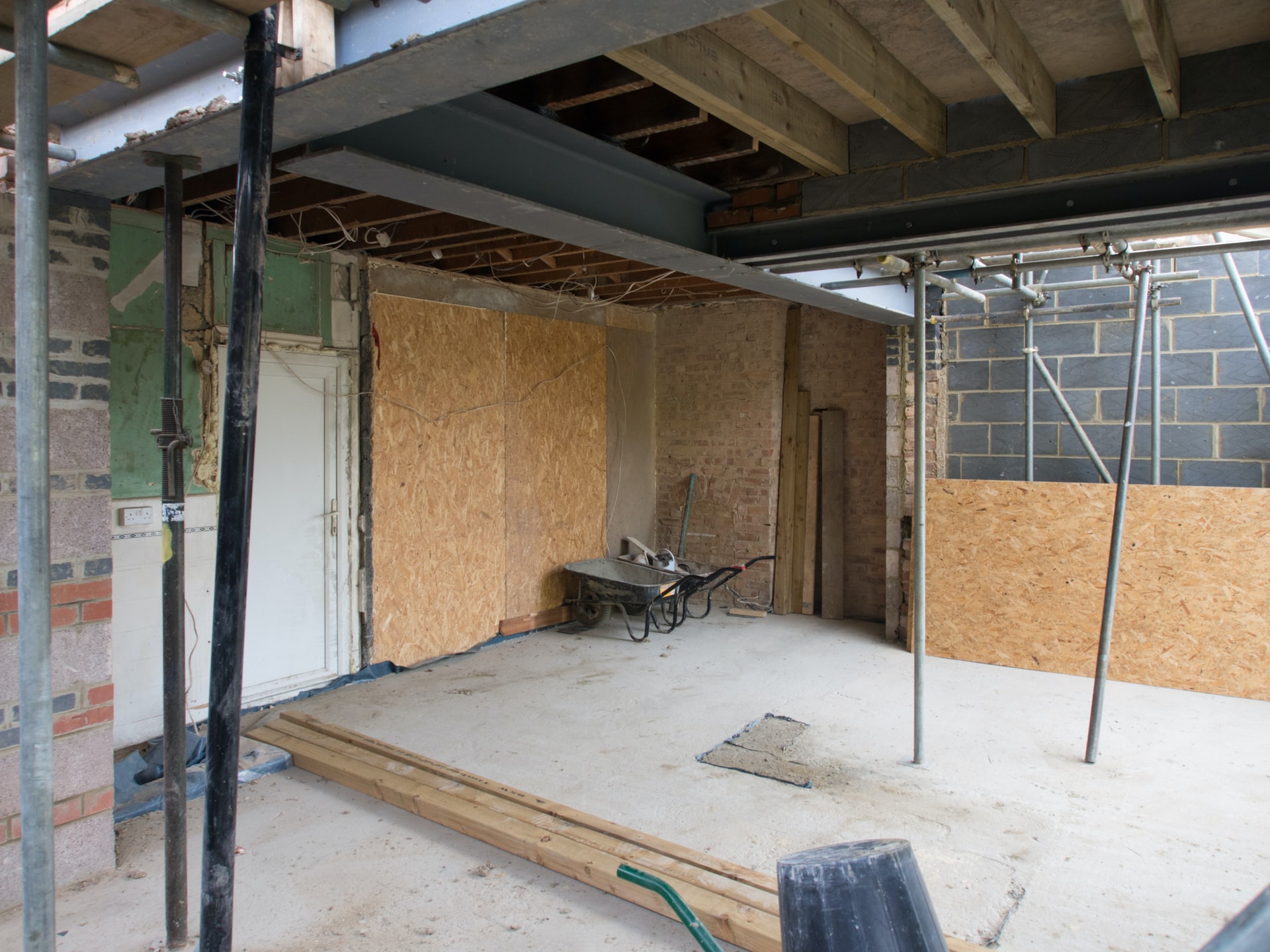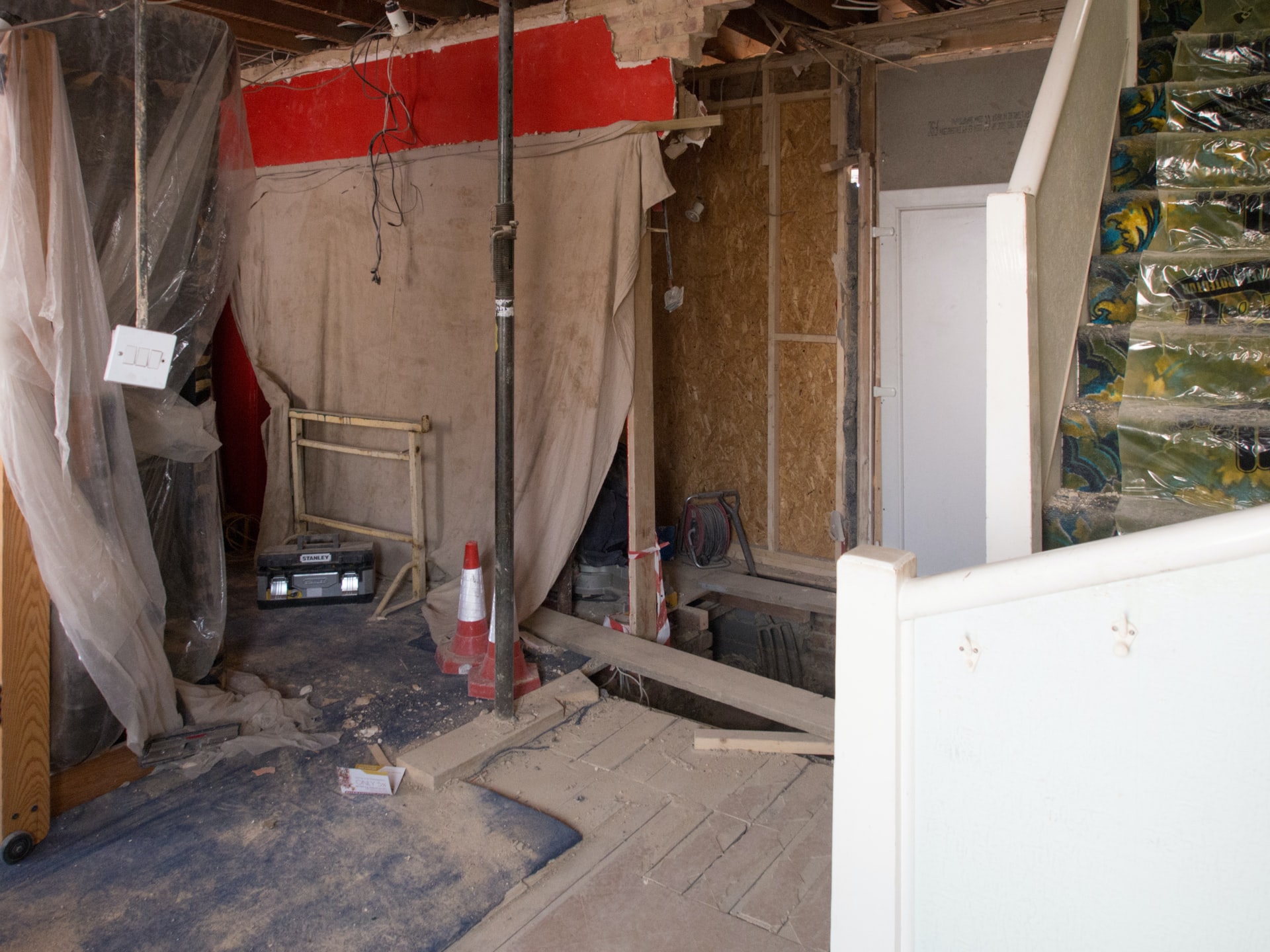If your basement walls have cracks in them, it’s not unusual for them to be leaking water. However, even small amounts, dripping in when it rains, can cause big problems down the line. Mold, bacteria, and pests are just some of the results of leaking basement walls. So, what can you use to repair basement leaking? The answer may not be as simple as you hoped.
Find the Source
The first thing to do is find the source of the leaking. If you’re looking for repair solutions, you probably already know where the water is coming from. If a basement window isn’t doing a great job of keeping out water, you likely need some window well waterproofing. This process is fairly simple. We install something you could call a tray, which catches any water collecting in the window well. The water is then redirected away from the house.
However, if your basement leaking is caused by cracked basement walls, there’s a bit more to be done.
Don’t Fill Cracks
What most people end up looking for when trying to DIY repair basement leaking is something to fill in the cracks in their walls. However, you should never try to fill in basement wall cracks from the inside.
Because water leaks in from the outside, filling the cracks from the inside ends up trapping water within the walls. The water will then expand and contract with the weather. This will cause a lot more damage to your walls than if you’d left them.
Determine Severity
The next step is figuring out how severe the issue is. During the worst weather of the year, is the leaking simply causing moisture on the inside of the walls, or is it running down and pooling on the floor? If the worst the weather can do is give you some moisture on your interior walls, you likely just need damp proofing. However, if water is coming in enough to pool, even in tiny rivulettes or puddles, you’ll want to go the waterproofing route.
Both methods involve accessing the basement walls from the outside, which means digging a trench along the side of the house. However, they each offer a different level of protection.
Basement Damp Proofing
When damp proofing, the real culprit is the cracks in the wall, allowing regular ground moisture in. So, when you hire POM Waterproofing to damp proof your basement walls, we fix cracks from the outside and then coat the exterior of your basement walls. The crack repair will build the integrity of the walls back up while the coating will keep moisture from getting in or forming new ones.
Basement Waterproofing
With basement waterproofing, the culprit is the amount of water trying to get at your basement walls. A high level of ground water will cause damage to otherwise intact walls. This happens when rain collects along the basement wall and erodes the stone.
When we waterproof your basement walls, we do the same process as damp proofing, but take it a step further. Once the wall has been smoothed and coated, we apply a solid membrane and adhere it to the wall. This membrane provides a solid barrier between ground water and your basement. Then, we install a track that collects and redirects ground water that finds its way to the membrane. The water will then be redirected away from the house, ensuring it doesn’t just pool against the membrane.
Give us a call today if you’re interested in protecting your home from invasive water.


